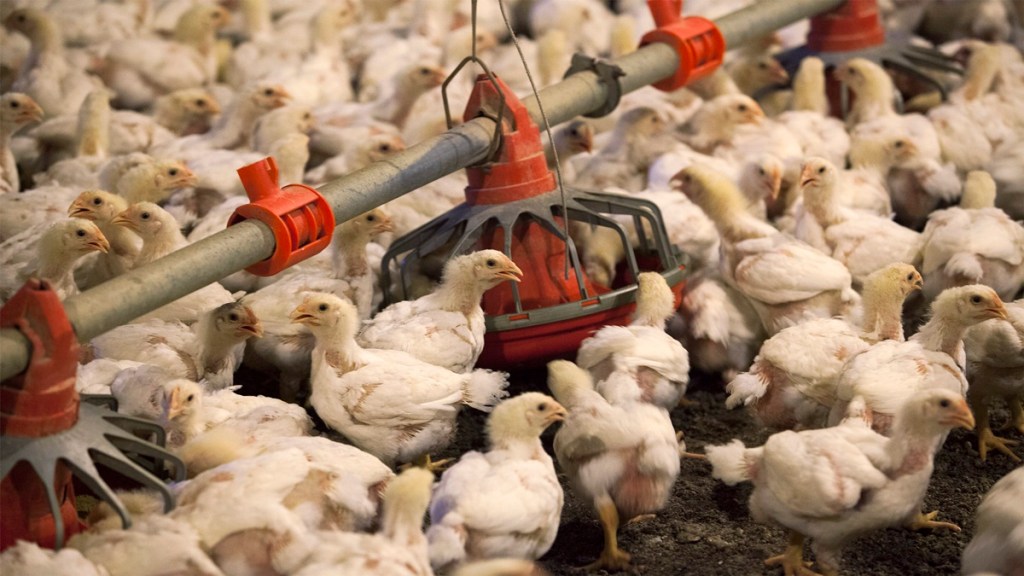Bird flu in United States: The United States is currently facing a worrisome outbreak of avian influenza. Recently, a study conducted by the researchers at the Texas Biomedical Research Institute (Texas Biomed) have identified nine mutations in a strain of bird flu found in a person in Texas.
The findings were published in the Emerging Microbes & Infections journal. The researchers believe that the strain makes it more adept at replicating in human cells and causing severe disease in mice.
However, the discovery of this strain raises concern about the H5N1 strains of bird flu currently circulating in the United States: the virus’s rapid mutation when it infects a new host species.
H5N1 which is naturally present in wild birds and deadly to chickens, has recently spread to a wide range of mammals and, for the first time in 2024, began infecting dairy cows.
“The clock is ticking for the virus to evolve to more easily infect and potentially transmit from human to human, which would be a concern,” said Texas Biomed Professor Luis Martinez-Sobrido, Ph.D., whose lab specializes in influenza viruses and has been studying H5N1 since the outbreak began last year.
Till January 2025, the outbreak had spread through herds across multiple states in the United States and infected dozens of people, mostly farm workers. According to a report by SciTechDaily, most people infected experience mild illness and eye inflammation and the virus is not spreading between people. The first H5N1 death in the United States was reported in January 2025 following exposure to infected chickens.
“There are nine mutations in the human strain that were not present in the bovine strain, which suggests they occurred after human infection,” Dr. Martinez-Sobrido said.
The scientists also tested several FDA-approved antiviral medications to see if they were effective against both virus strains in cells.
“Fortunately, the mutations did not affect the susceptibility to FDA-approved antivirals,” said Staff Scientist Ahmed Mostafa Elsayed, Ph.D., first author of the study.
Texas Biomed is now exploring the human H5N1 mutations individually to determine which are responsible for increased pathogenicity and virulence, SciTechDaily reported.
“A key priority will be to eradicate bird flu from dairy cows to minimize the risk of mutations and transmission to people and other species,” Dr. Elsayed said. “Steps that can be taken now include thorough decontamination of milking equipment and more stringent quarantine requirements, which will help eliminate the virus more quickly in cows.”
Last week, a child in San Francisco was recently confirmed to be the third human case of bird flu in the United States in which it’s unclear how the person got infected. Cases have been spreading across the country since April 2024 with 67 confirmed as of Thursday, according to the Centers for Disease Control and Prevention (CDC).
The CDC has urged hospitals to subtype all influenza A specimens in hospitalized patients, especially those in the intensive care unit (ICU), as soon as possible. The CDC detailed its new recommendations for clinicians in a Health Alert Network (HAN) advisory issued last week.
